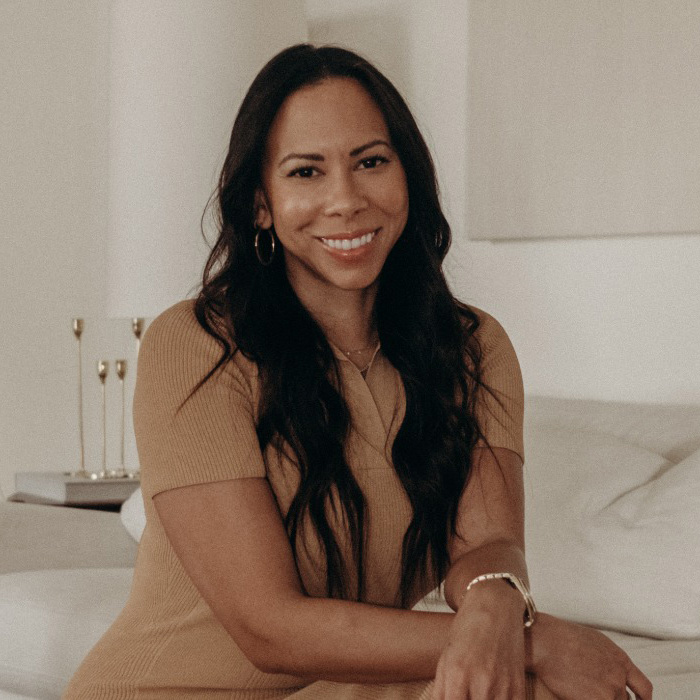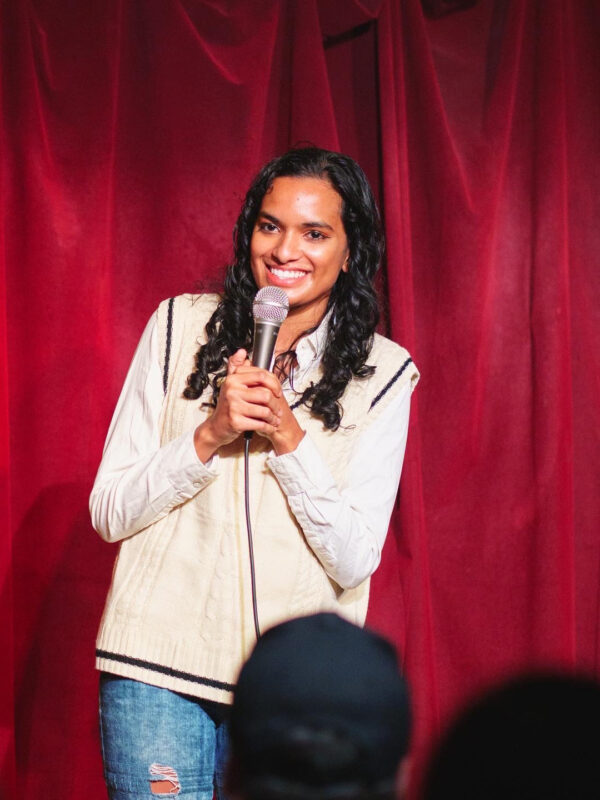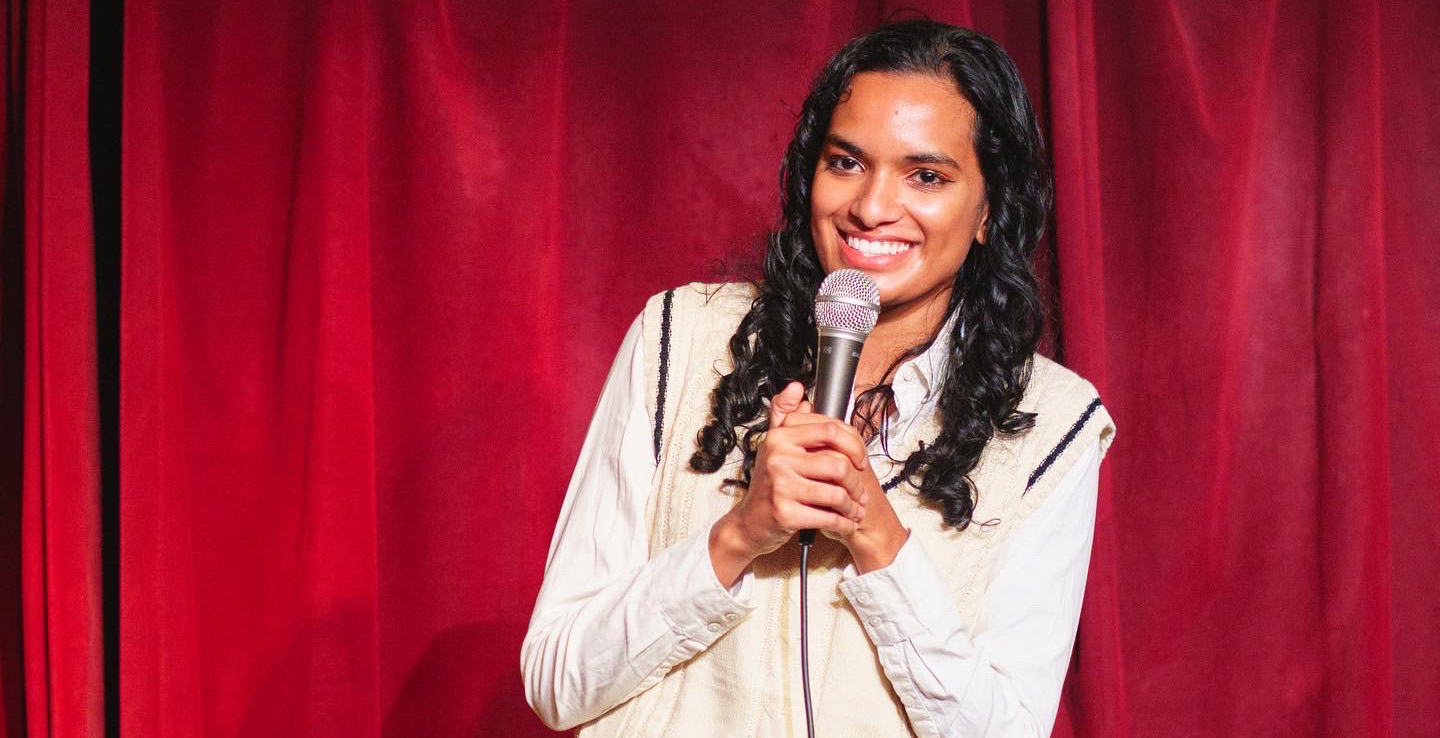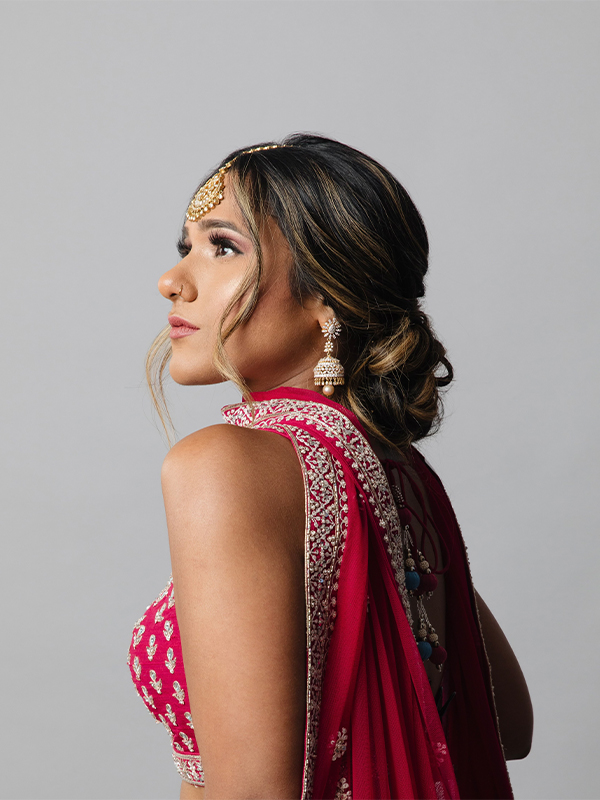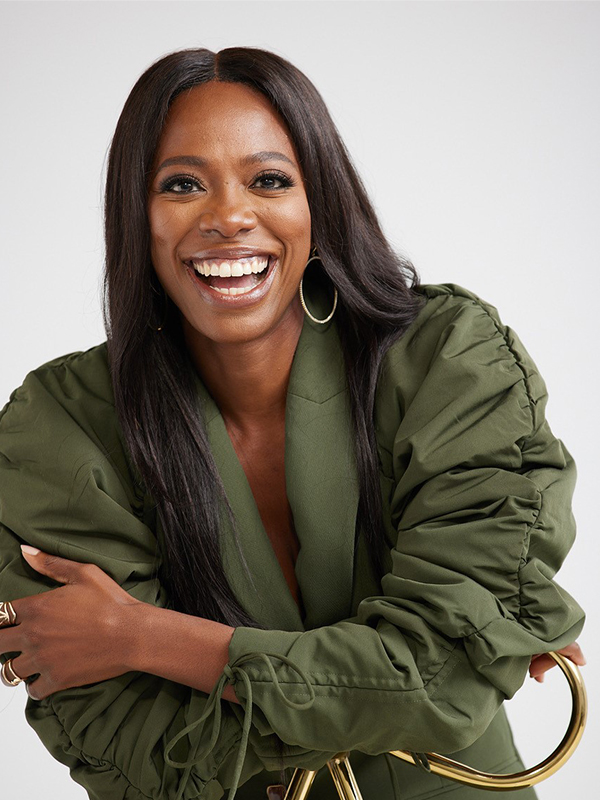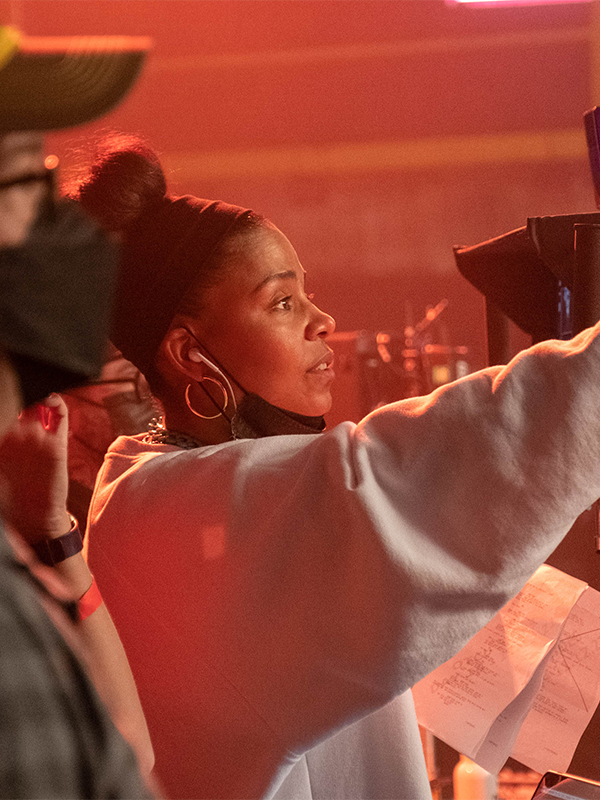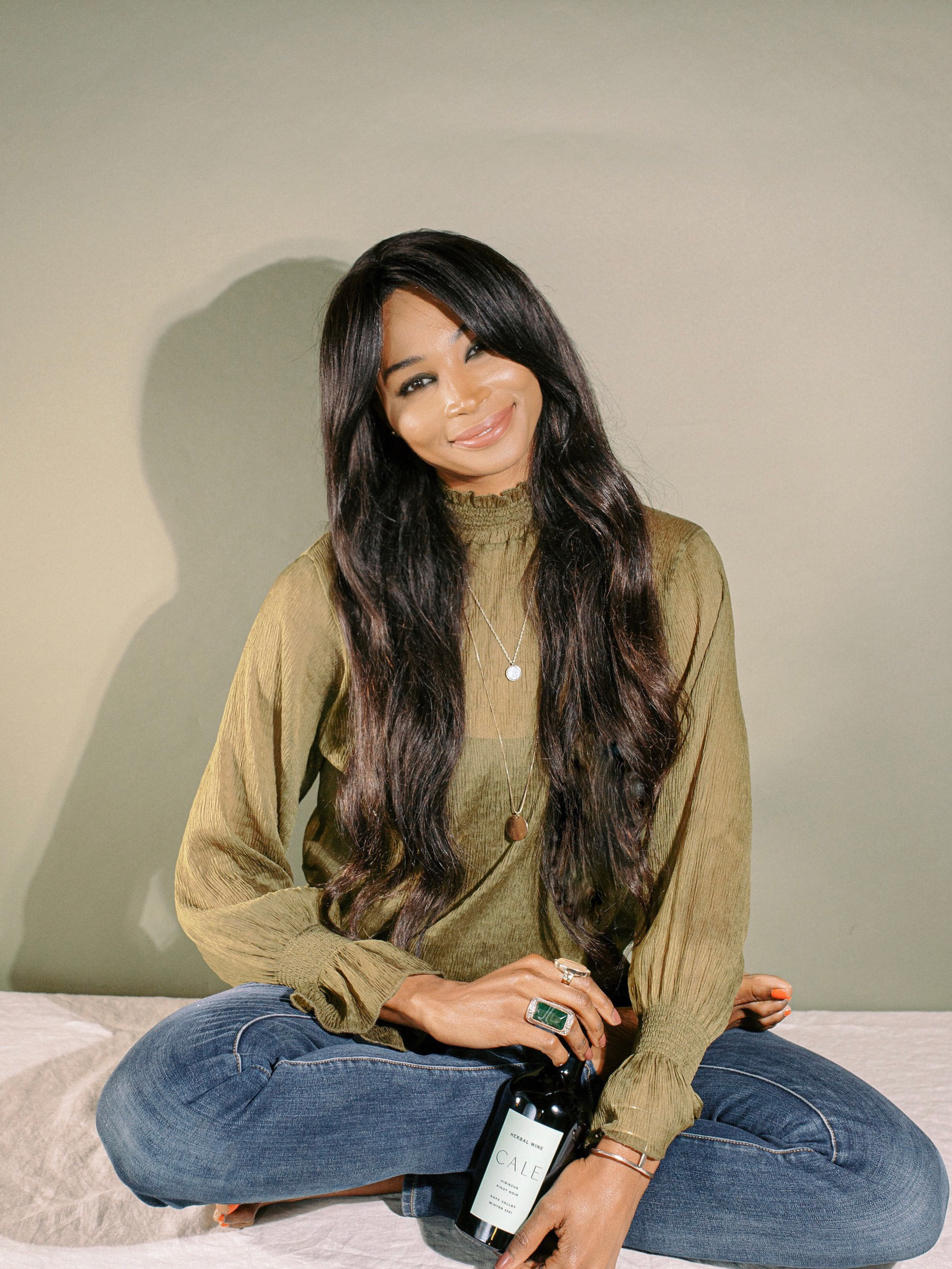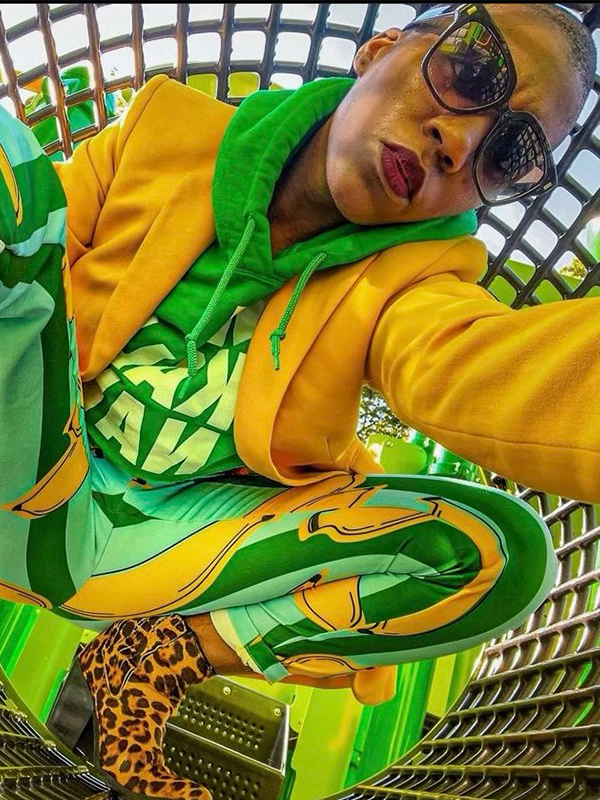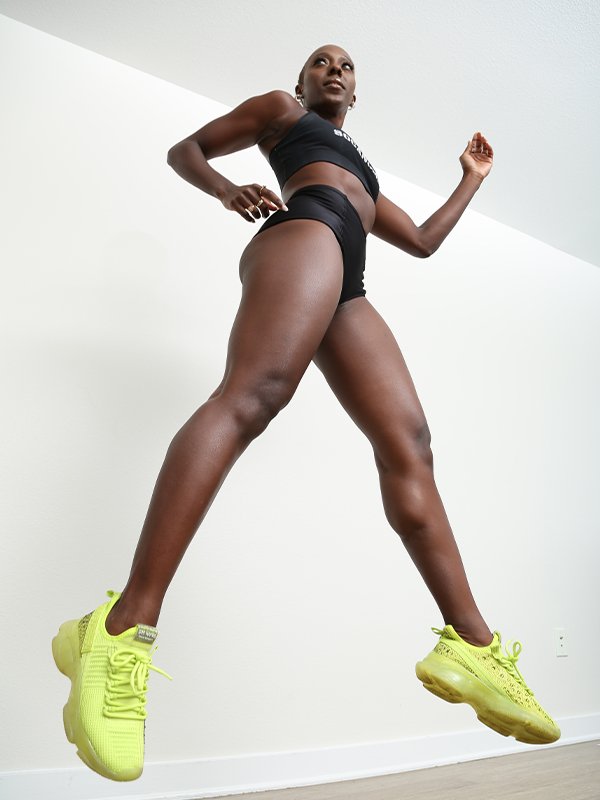At one point in time, Indian-American comedian Abby Govindan noticed defaulting to an Indian accent on stage elicited quicker laughs. “It’s an easier punchline to say something in an accent,” she tells Sweet July. “The audiences always love it. It’s a guaranteed laugh or viral video on TikTok.”
She first noticed it early in her career, when she was 20 or 21 some four years ago, and almost immediately found the reactions made her uncomfortable. Since then, out of respect to her Indian family and heritage, it’s been Govindan’s choice not to use an Indian accent anywhere in her sets.
Culture and comedy inevitably go hand in hand, considering comedy is an art form that uses humor to transmit messages usually rooted in reality. But some of these messages aren’t so funny to everyone—especially when it involves jokes about parents’ accents, cringe-y self-fetishizing or self-deprecating comments about interracial dating, and, sometimes, the use of towels or blankets on heads to mock the hijab or dupatta.
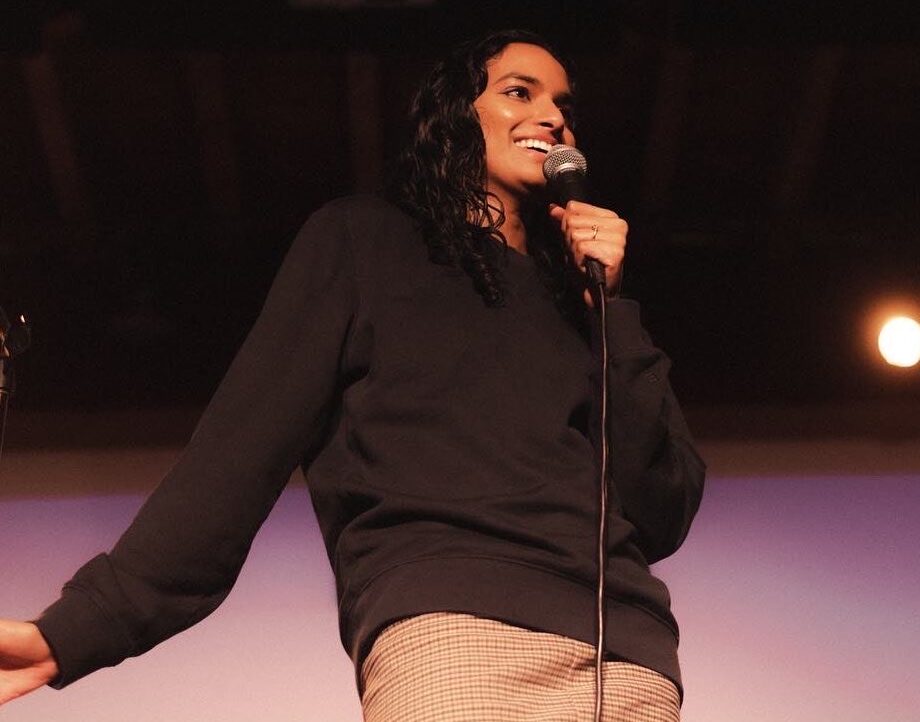
But, as noted by Govindan, it’s an easy tactic for comedians from marginalized ethnic backgrounds, who often feel a pressure to lean into these well-known stereotypes to better appeal to their audience—even when it’s at the expense of their culture. Others grapple with the other end of the spectrum: Avoiding the portrayal of any aspect specific to their identity out of a desire to be more relatable and palatable to white audiences.
None of this is an easy task. Yet women of color comedians—particularly Asian women, for whom this question of portraying culture onstage has been an ongoing conversation—are using their craft to rise to the challenge. They are creating a blueprint for themselves and for future women of color comics of all backgrounds.
With age and experience, Govindan’s work and perspective have evolved, something audiences can clearly see during her current tour, How to Embarrass Your Immigrant Parents, which she based on a heart-wrenching and funny essay she wrote for Malala Yousafzai’s newsletter, Podium, in early 2022. The themes of mental health and family that Govindan explored in her essay spoke to so many from various backgrounds, but especially children of immigrants. Her essay discussed her life and relationship with her parents without catering to a white gaze, and that’s why it resonated.
While she doesn’t use an Indian accent to discuss her parents onstage, she does use their interactions in much of her comedy. “My parents are very hilarious in their own right,” says Govindan. “With this tour, I share things that they’ve said to me, I share texts that they’ve sent, I share sentiments that they’ve expressed—and I share them all in the [American] accent that I’m talking with you now in.”
Despite false assumptions, quality comedy isn’t easy. It requires a high level of natural skill and keen observation. Good comedy challenges stereotypes rather than reifying them and speaks to communities rather than merely about them as if they weren’t in the room at all.
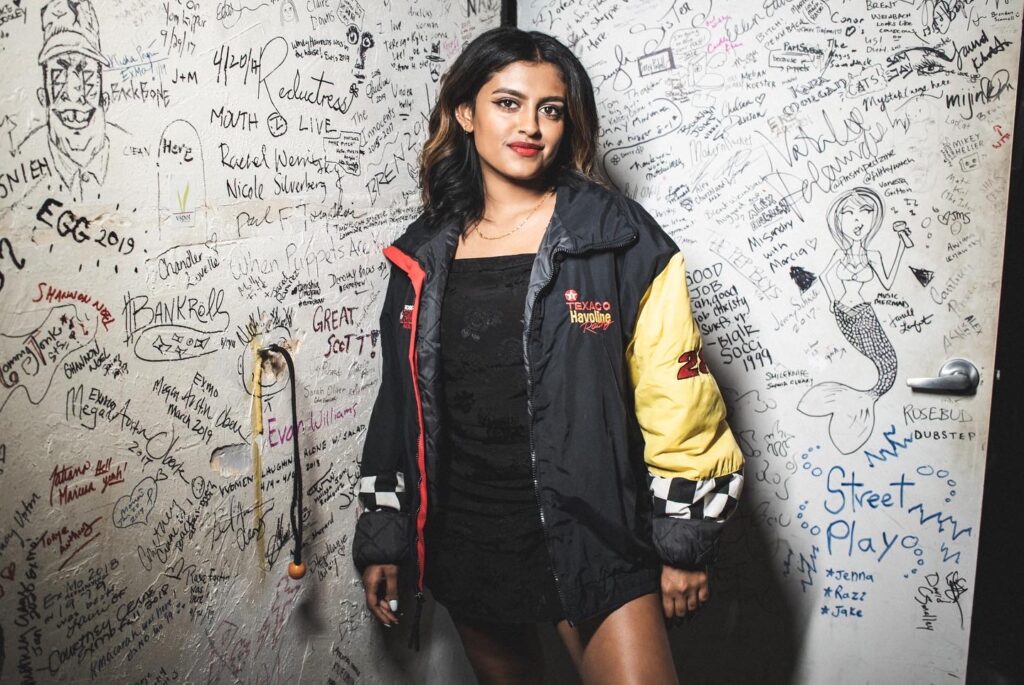
But for so long, comedy was an insider’s club for white men. Naturally, people of color—particularly Asian-Americans—have felt breaking into this world meant catering to those tastes of white men, which are often reductive and shallow observations about the world, or what Yamini Nambimadom, an Indian-American comedian, refers to as “the tried and true combination of racism and misogyny that men love to do on stage.”
These were the larger societal dynamics that Jenny Yang, a Taiwanese-American comedian, writer, and actor, brought into the spotlight when she began stand-up after her career as a political organizer. “Because of my political background and having organized as a student leader with students of color and LGBTQ students, I was very aware of stereotypes and how we’re perceived and how Asians were the butt of the joke and how people who weren’t Asian made fun of us,” Yang tells Sweet July.
In her work, Yang always puts Asian-Americans and their experiences at the center, intentionally setting them as the default in a world committed to viewing them through an “Orientalist” lens. “I can center myself as the person telling you about who I am,” says Yang, mentioning that she often incorporates Mandarin in her sets, much to the confusion of the audience. That confusion, she says, is an intentional reaction she seeks out.
Yang moved to the States from Taiwan when she was 5 years old, and still remembers the experience of feeling isolated because she didn’t speak English. “By speaking Mandarin to the audience, I was recreating the feeling that I used to have growing up as an immigrant, where I wouldn’t necessarily know the context of everything until I learned English,” she says. “I want the audience to feel that.”
For Aparna Nancherla, a comedian and actor who’s appeared on Inside Amy Schumer and has written for Late Night with Seth Meyers and Totally Biased with W. Kamau Bell, using an Indian accent on stage to reference her family was never something she overtly avoided, but it wasn’t a tactic she embraced either. She tells Sweet July that it was never “a natural fit” for her brand of comedy when she began in 2006, so she just didn’t do it, even though a lot of other South Asian comics were at the time.
“When I saw other comedians do it, especially in a mixed audience with not a lot of South Asians, it would feel like, ‘Are they laughing at the accent or the material?’” says Nancherla. “If you present an experience in front of a crowd that might not share that experience, you don’t always know how they’re receiving it.”
Nancherla is noticing more South Asian comics like Govindan still use their parents and family for material, but are realizing that they want to portray a more genuine and artful story. “I do think now we’re at a place where people are subverting that model of making fun of your parents and making it more nuanced than it used to be,” Nacherla adds.
Part of this nuance, Nambimadom acknowledges, means there isn’t one method. For some comedians of color, using accents on stage is a natural fit, usually because they also switch between accents in their daily lives. Sometimes, the accent contextualizes the joke, especially for audience members who share the same culture.
“I think an accent is like an enhancer, a tool,” says Sureni Weerasekera, a Sri Lankan-American comic. “When you do the accent, are you offering a more accurate depiction of this dynamic? Are you embodying a character? If you take away the accent, is the joke still funny?” For Weerasekera, if something isn’t funny without an accent, it’s likely crossed that line Nambimadom is referring to, and simply isn’t a well-crafted joke anymore.

It’s all about personal choice, notes Govindan, and doing what’s best for a particular artist’s work. “I’m not looking down on anyone who chooses to make fun of the Indian accent,” says Govindan. “I always say [not doing it] is a choice that I’ve made for myself, and I stand by it. It feels like the right thing to do. If it ever stops feeling like the right thing to do, then I’ll reevaluate.”
This, for Nambimadom, is the beauty of comedy. The changing nature of it isn’t a restriction but permission to be even more creative. “Comedy is such an ephemeral art form. You really have to be present in whatever’s happening right now,” she says.



